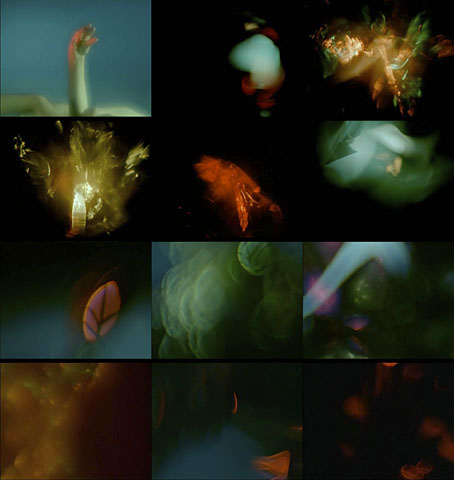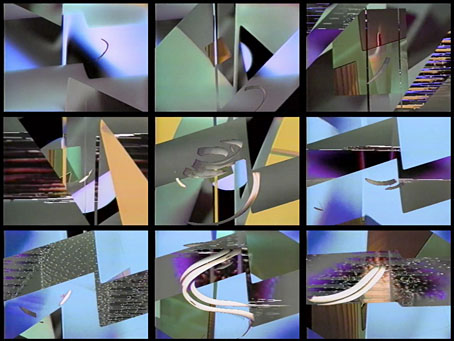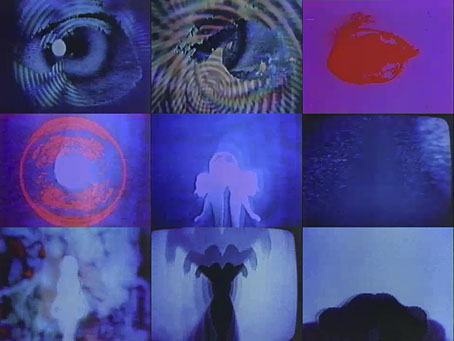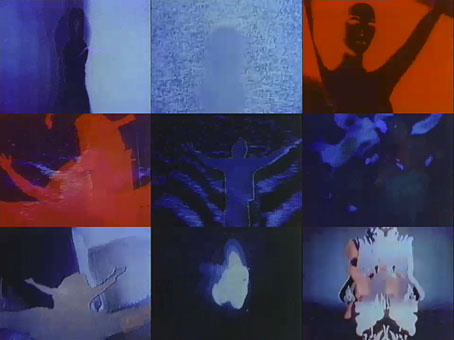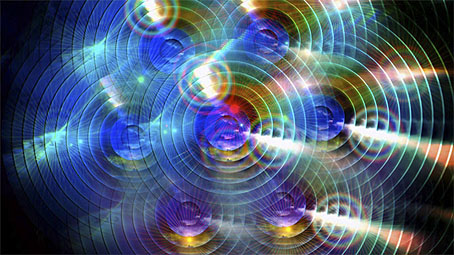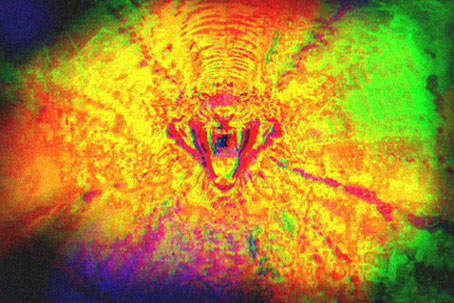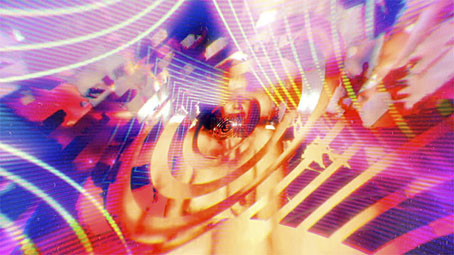I only realised earlier today that the post about The Saragossa Manuscript provides continuity with last week’s examples of Polish cinema; unintentional but it shows where my head is at just now.
Here’s another example, and another abstract filmmaker I hadn’t come across before. Andrzej Pawlowski (1925–1986) was also a painter, and his films take a painterly approach to their manipulation of light and colour. Here and There is a short from 1957 that would have been labelled psychedelic if it had been made ten years later. The gorgeous visuals seem at odds with the score by Adam Walacinski, a typical piece of mid-century dissonance that now seems less avant-garde than merely unsuitable. One challenge of abstract cinema is to find music (if music is required) that doesn’t seem to have been chosen at random. Here and There would work just as well with many other six-minute pieces as its score.
Elsewhere on { feuilleton }
• The abstract cinema archive

